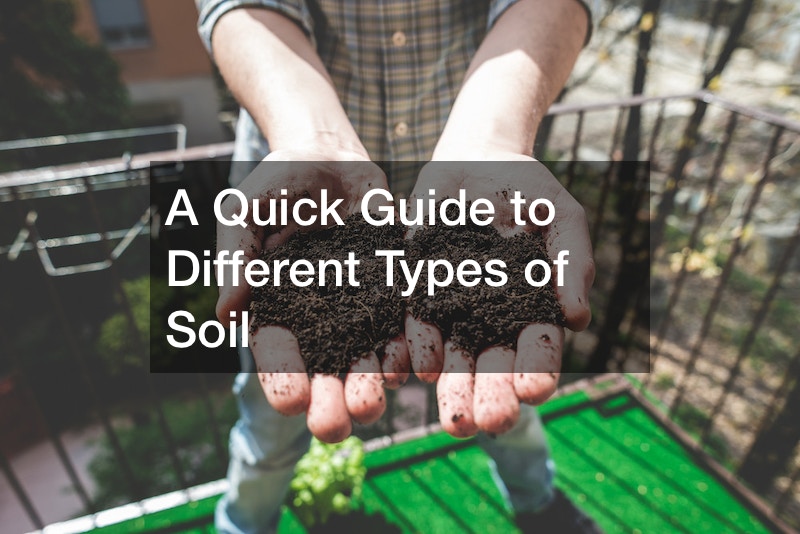
Soil is a vital component of gardening and landscaping projects, and understanding the different soil types can help you make informed decisions for your outdoor spaces. Here’s a quick guide to some common types of soil to know about when speaking with your soil supplier:
Sandy soil has larger particles and drains quickly, making it well-suited for areas with poor drainage. However, it may not retain moisture well and may require additional amendments. Soil suppliers often offer sand for various landscaping projects.
Clay soil has smaller particles and tends to retain water, which can lead to poor drainage and compaction. It is known for being rich in nutrients but may require proper management to prevent waterlogging. Suppliers may provide clay soil or products to help improve its drainage.
Loam soil is a balanced combination of sand, silt, and clay. It retains moisture well while allowing for good drainage and root penetration. This soil is ideal for gardening and landscaping projects due to its nutrient-rich composition. Suppliers often offer loam soil mixes or can help you create a custom blend.
Rich in organic matter, peat soil has a high water-holding capacity. It is acidic and is often used for acid-loving plants. Soil suppliers may offer peat moss or peat-based soil amendments to improve moisture retention in garden beds.
Sandy loam soil combines sandy and loam soils. It retains some of the drainage benefits of sandy soil while offering good moisture retention and nutrient availability.
.






